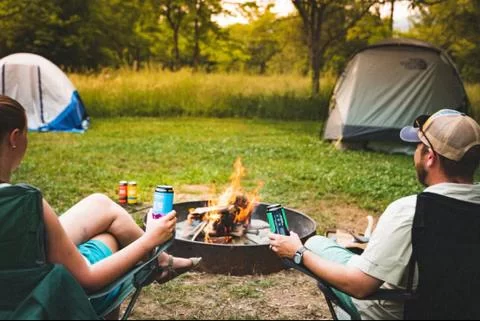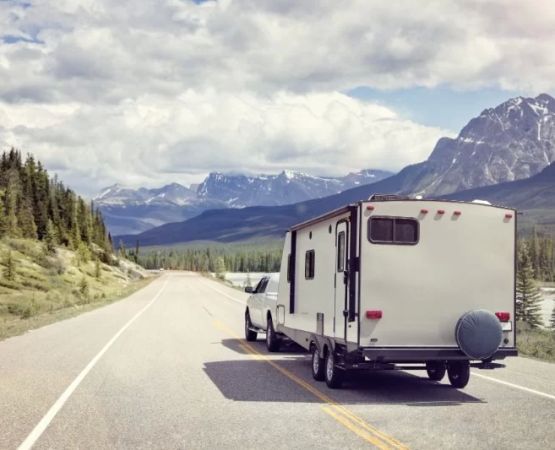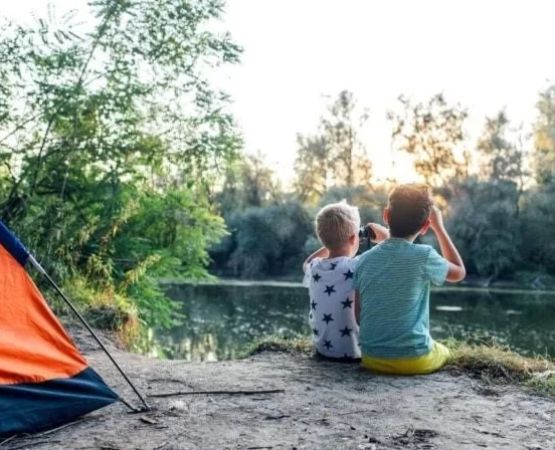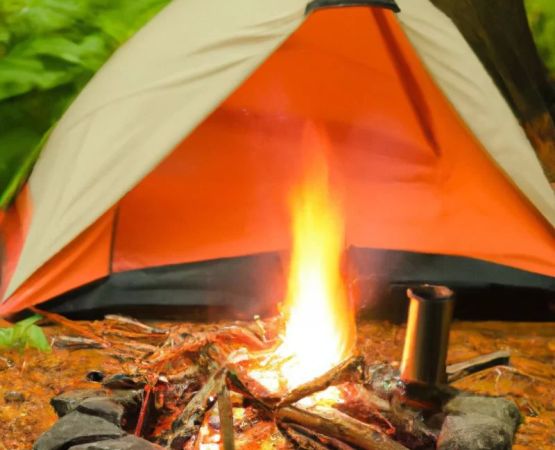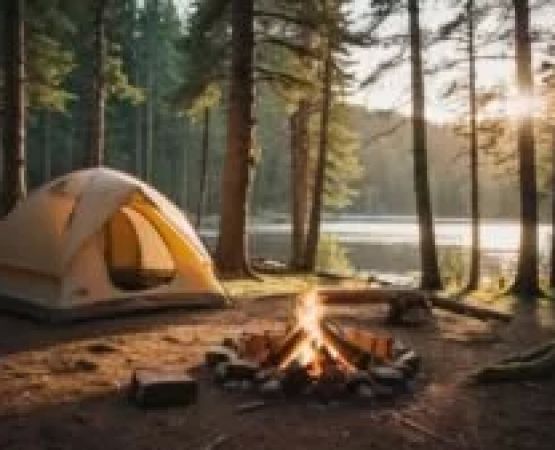How I Turned a Simple Camping Trip into a Wild Nature Immersion
I used to think camping was all about pitching a tent, cooking over a fire, and sleeping under the stars. But a few years ago, during a stay at Pine Cliff Resort, I realized how much deeper the experience could be when you add nature tours into the mix. That trip changed everything. What started as a simple weekend getaway turned into a powerful connection with the natural world—one that I now try to recreate on every trip.
1. Finding the Right Campground Near Natural Attractions
When I started planning that trip, I wanted more than just a place to sleep—I wanted to explore. I chose Pine Cliff Resort specifically because it’s close to wildlife reserves, hiking trails, and protected habitats. The proximity made it easy to transition from relaxing by the tent to joining a morning bird-watching tour or an evening guided hike. Choosing a campground near national parks, wetlands, or geological landmarks opens the door to natural tours that elevate your camping experience.
2. Booking Guided Tours to Learn from Local Experts
On the second day of my trip, I joined a guided nature walk led by a local ecologist. We spent two hours wandering through meadows and forested trails, learning about edible plants, migratory birds, and animal tracks. I would have walked right past most of it without even noticing. These guides don’t just point things out—they tell stories, explain ecosystems, and make the land come alive. I now make it a habit to book at least one guided tour per trip. It’s a great way to support local experts and deepen your knowledge of the environment you’re staying in.
3. Planning the Camping Gear to Fit Nature Tour Activities
Combining camping with nature tours means adjusting what you pack. I bring lightweight hiking boots, binoculars, a compact field journal, and a small daypack for longer excursions. One thing I learned quickly was to always have a reusable water bottle and insect repellent ready. During one early summer tour, we got caught in a sudden downpour while observing herons at a marshland. My rain poncho saved me, but others weren’t so lucky. Packing smart for tours ensures you’re ready for whatever nature throws at you.
4. Creating a Flexible Itinerary That Balances Rest and Exploration
One mistake I made early on was over-scheduling. I tried to cram in every available nature tour—sunrise hikes, afternoon kayaking, night-time stargazing walks. By day three, I was exhausted and couldn’t even enjoy the peaceful moments back at the campsite. Now, I’ve learned to leave breathing room in my schedule. I might do one guided tour in the morning and spend the afternoon reading under the trees or swimming in the lake. A balanced itinerary keeps you energized and lets you soak up the surroundings fully.
5. Embracing Solo Exploration Between Tours
One of the most magical moments of my trip came when I decided to explore a nearby nature trail on my own between scheduled tours. I found a quiet clearing where butterflies danced above wildflowers and a deer wandered quietly just yards away. Solo hikes or moments of quiet reflection can be just as powerful as structured tours. I always keep a printed map, compass, and my phone with GPS for safety, but I let my curiosity guide me. These are the moments where you truly feel part of the landscape, not just a visitor.
6. Engaging with Park Rangers and Conservation Volunteers
At Pine Cliff Resort, I had a chance to meet a park ranger who offered impromptu lessons on the local ecosystem. She even showed us how to identify owl calls at night. These informal interactions are often the most memorable. I’ve also joined volunteer conservation activities during longer camping stays, like trail clean-ups and plant restoration. It’s a great way to give back and connect more deeply with the area. Ask about volunteer options at the ranger station—you might be surprised by what's available.
7. Capturing the Experience Without Disrupting the Environment
I love photography, but I used to get so caught up in snapping the perfect shot that I forgot to enjoy the moment. On one trip, while photographing a great blue heron during a marsh tour, I stepped too close and scared it off. That was a wake-up call. Now, I use a zoom lens and observe from a respectful distance. I also keep a nature journal to document animal behavior, interesting plants, and personal reflections. It’s a quieter, more meaningful way to remember the trip without disturbing the ecosystem.
8. Inviting Friends or Family to Share the Experience
After my first combined camping and nature tour trip, I couldn’t stop talking about it. The next time, I invited a couple of close friends who were new to both camping and guided tours. We booked a weekend at Pine Cliff Resort, set up our tents together, and joined a guided twilight hike that included listening to frogs and watching fireflies light up the shoreline. Sharing those experiences made them even more meaningful. Watching someone discover the magic of nature for the first time is something special.
Camping on its own is refreshing, but pairing it with immersive nature tours creates a whole new level of connection with the outdoors. Whether you're identifying birds at dawn, paddling alongside beavers at dusk, or learning about ancient tree species, these experiences stay with you long after you pack up your tent. For the perfect combination of peaceful camping and access to incredible nature tours, I can’t recommend Pine Cliff Resort enough—it’s where my love for this adventure style truly began.

